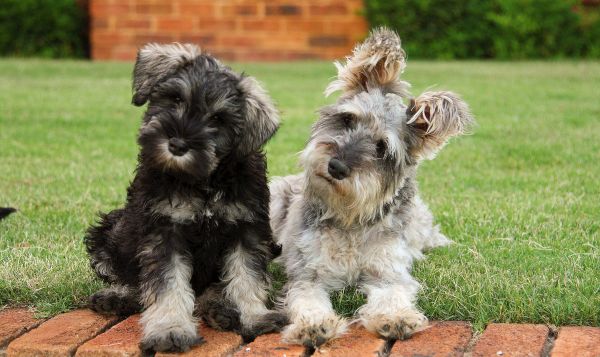|
Dogs and cats love to investigate everything with their noses, mouths and paws including buzzing insects! This makes the nose, mouth and paws prime spots for bee and wasp stings.
In most cases, there will be mild swelling and tenderness at the sting site. You should try remove the tiny stinger as quickly as possible to stop the venom spreading (although this can be hard in the fur!).
You can scrape the stinger out with a credit card. This is better than using your fingers or tweezers as the venom sac may rupture and release more irritating venom.
Apply a cold compress (damp washcloth) to reduce swelling. If your pet is licking the area constantly or is in pain, phone us for an appointment and we will give your pet an antihistamine injection.
When does your pet need emergency care?
Seek veterinary advice immediately if your dog is having trouble breathing (this sometimes occurs if the swelling is inside the mouth or near the trachea) or seems to be in pain.
Some dogs and cats may be severely allergic to bee stings. These pets may go into anaphylactic shock (and even die) if they don’t receive immediate veterinary attention.
Look out for:
- vomiting within 5-10 minutes post sting
- pale coloured gums
- collapse
These pets need urgent care with intravenous fluids and steroid injections. They will be even more sensitive to stings in the future and need careful veterinary management.
To help prevent bee stings, keep your pet away from flowering trees and plants (especially ground cover). Don't leave fallen fruit, meat and uneaten pet food around and cover rubbish and compost bins - all of these are attractive to European wasps.
|
